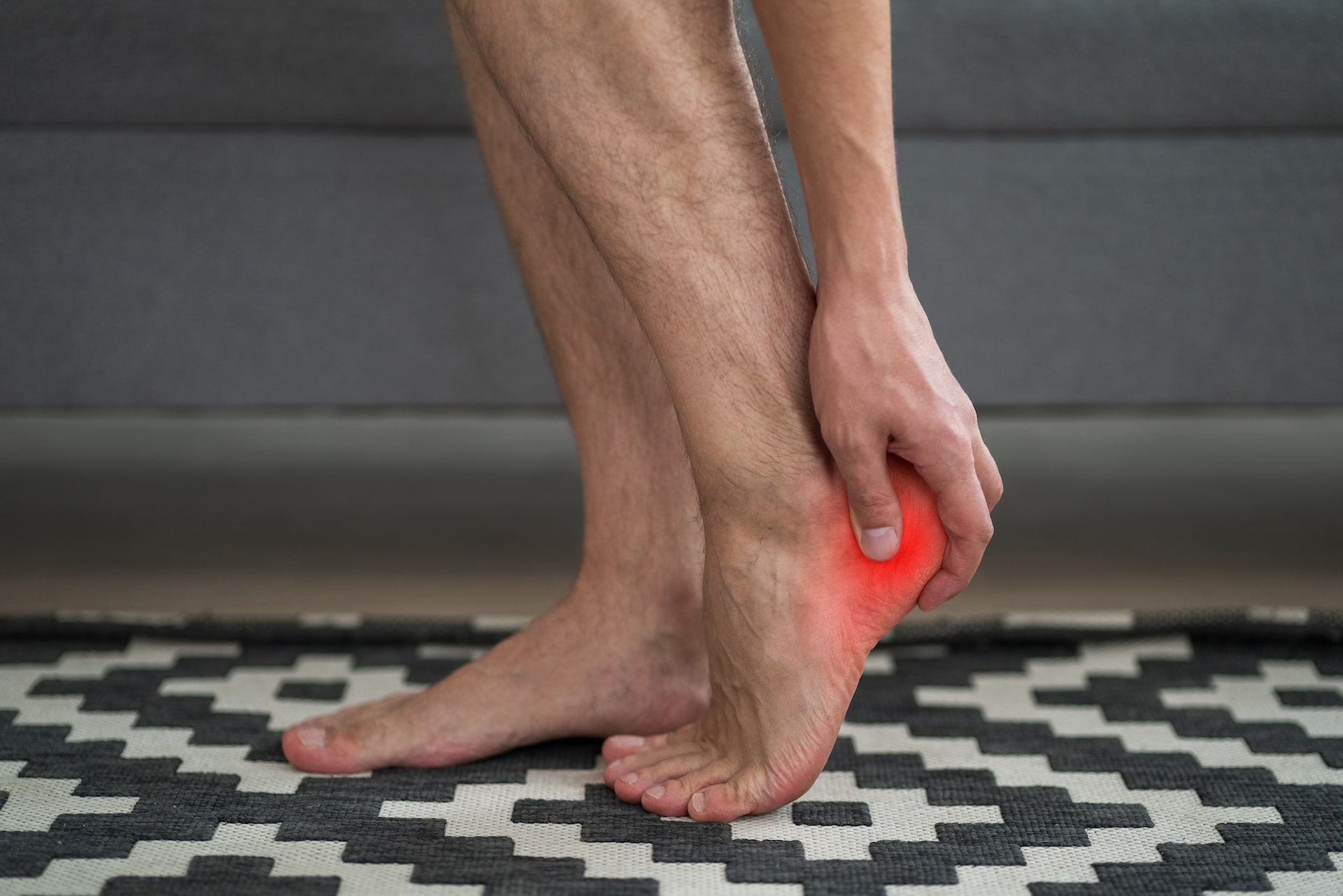Inspect your shoes regularly
Most athletic shoes will hold up well for several months, but it is important to begin to monitor wear and tear by at least six months, even if your shoes are still comfortable. Just as we have a dominant hand, most of us also have a dominant leg and foot. It is quite normal to see uneven wear and tear on your shoes as a result. A few common wear patterns and tests indicative of shoe breakdown and the need to replace your shoes include examining for symmetry, the table test, and toe box damage.
Symmetry
When looking at your shoes, is the breakdown or wear even on both shoes? Is it in the same place, at the same depth, and the same type of wear? Even wear patterns indicate that your gait is even and you have less cause for concern. However, if you see uneven wear, you may find that a visit to your podiatrist is in order. Uneven wear may indicate a number of problems from minor issues to more serious concerns.
The table test
Place your shoes on a table in front of you with the shoes side by side, the heels together and with the shoes facing away from you. Ideally, your shoes should sit flat on the table without tilting to either side. Shoes that tilt to one side or the other may be signs of pronation or supination, in short, high or low arches. Both pronation and supination, especially when significant, may lead to increased risk of ankle sprains and fractures.
Toe box damage
The toe box, which is the area of the shoes around the toes, typically show two types of wear. For many, the first sign of wear is seeing the large toe pushing through the mesh of the shoes. This is quite common and a sign that the shoes are ready to be replaced even if there are no other signs of damage. If the toe box is not intact, your shoes will provide less stability throughout and you may begin to experience toe pain as your large toe accommodates for less stability in the front of the shoe. In addition, inspect your shoes for a crease across the forefoot of the shoe. A crease that goes straight across from side to side is normal wear and tear. However, creases at an angle indicate pronation, supination, or a tendency towards an abnormal gait in an effort to accommodate for other problems of the feet, ankles, knees, hips, or lower back.
Many uneven wear patterns, or shoes that seem to wear out faster than they should, indicate a number of biomechanical problems with the feet or legs. In many cases, the fix is simply different shoes or orthotic inserts. For some patients, more intensive measures may need to be taken. The goal should be to address the causes of the uneven wear and minimize risk of injury.
To learn more about what your shoes say about your foot and leg health, or to address an injury or be fitted for orthotic inserts, please call Kansas City Foot Specialists today at (913) 338-4440 to schedule an appointment.



